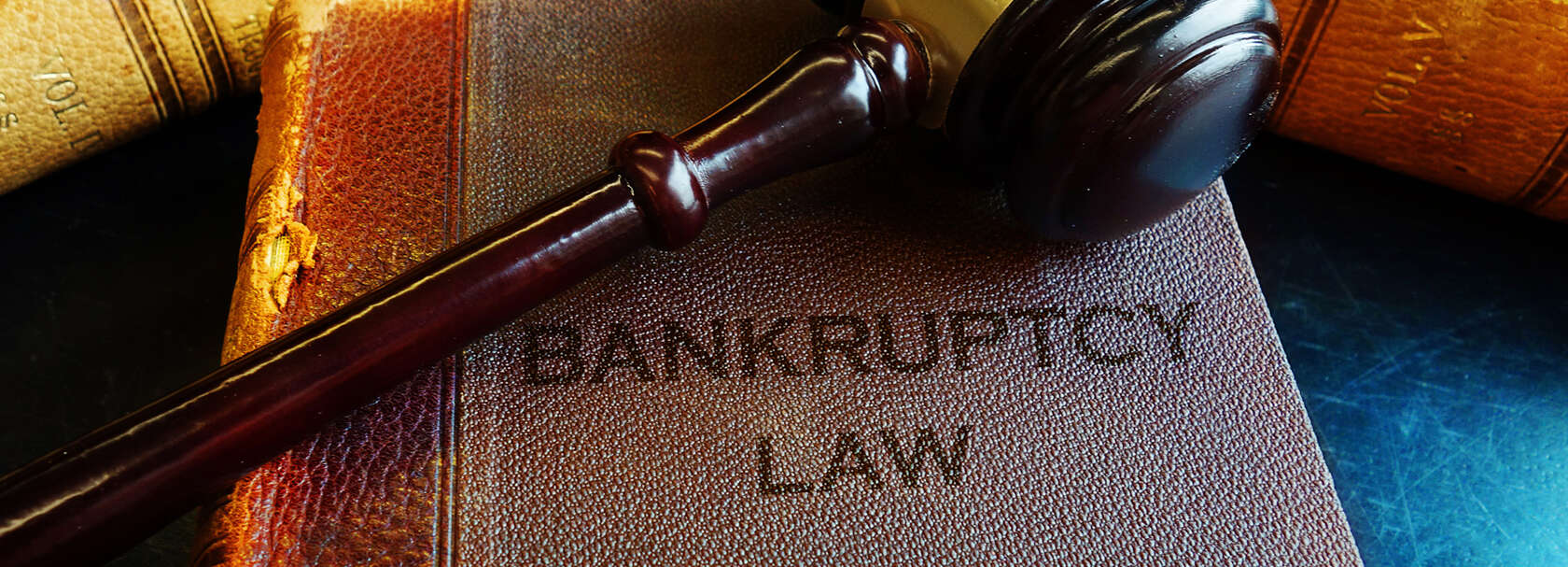When you are facing financial hardship and debt, it can be overwhelming to know where to turn or what to do next. At Hoverson Law Offices, P.A., we understand how difficult these situations can be, which is why we provide our clients with the best legal representation possible.
Filing for bankruptcy is critical because it immediately places your creditors under an automatic stay. This is significant because it prevents your creditors from acting against you, such as filing a lawsuit against you, seizing property, garnishing your wages, evicting you, shutting off your utilities, or harassing you with phone calls. This provides you the opportunity to consult with your attorney to develop a bankruptcy plan and begin addressing the underlying problems that led you to this point. It also allows you to take back control of your financial life to move forward confidently.
Three main types of bankruptcy can be filed in bankruptcy court: Chapter 7, 11, and 13. A bankruptcy lawyer will often examine your circumstances and financial history to determine which bankruptcy option is appropriate for you.
Facts About Chapter 7 Bankruptcy in Minnesota
Chapter 7 bankruptcy is a way of discharging debts to start fresh—it closes your accounts and eliminates most of your unsecured debt. Among other possible debts, this category includes:
- Most credit cards
- Personal loans
- Medical expenses
- Past due utility bills
- Debt that has been turned over to a collection agency
Some debts are never eligible for discharge in bankruptcy, including:
- Alimony and child support obligations
- Divorce property settlements
- Fraudulent debts
- Most student loans
To be qualified for a Chapter 7 filing in Minnesota, you must not have received a Chapter 7 discharge during the previous eight years. You must also demonstrate that your family’s income is less than the median income for a family of your size. Once filed in bankruptcy court, a Chapter 7 filing usually takes roughly three months to complete.
Facts About Chapter 13 Bankruptcy in Minnesota
Chapter 13 bankruptcy, also known as “wage earner,” is a reorganization of debts instead of a complete discharge of debt. In this type of filing, you must pay back all or some portion of your debt over three to five years.
Filing for Chapter 13 bankruptcy prevents interest from accumulating on most kinds of debts. It enables the debtor to pay down a portion of the original amount while removing any outstanding balances at the end of the plan.
Chapter 13 also stops home mortgage foreclosures and may be used to keep your car from being repossessed. It may also be used to consolidate credit card debt, medical expenses, and other forms of unsecured debt.
Facts About Chapter 11 Bankruptcy in Minnesota
Chapter 11 bankruptcy is a provision that allows businesses to restructure their debt without having to liquidate their assets or close down operations entirely. Companies can remain in operation while they reorganize their finances, which may include canceling contracts with suppliers or renegotiating interest rates on loans. It provides a structured way for companies or individuals to eliminate or reduce their debt while maintaining control of their assets and operations.
The process involves the appointment of a trustee who is responsible for collecting payments and distributing them by court orders. In addition, creditors are required to cooperate with the debtor during this process by negotiating settlements and accepting previously unacceptable payments.
What Should You Expect During the Bankruptcy Process?
The process of filing for bankruptcy can seem complicated, but it doesn’t have to be.
At Hoverson Law Offices, P.A., we’ve helped thousands of clients file for bankruptcy, and we would love to help you too.
Here are some things you may expect during the process:
- You will be asked to fill out some paperwork, including information about your income and expenses.
- The creditors will be informed of your bankruptcy filing and may want to contest it. Your attorney will handle any such challenges on your behalf.
- You will attend a meeting of creditors.
- The attorney will review all paperwork and make sure it is in order before filing your petition with the court.
- You must complete credit counseling and undergo an official financial management course before the process is complete. Once you have completed the process, your creditors will be legally required to stop contacting you, and, in the case of a Chapter 7 filing, your debt will be eliminated.
As previously mentioned, the Chapter 7 bankruptcy process can be completed in about three months, while a Chapter 13 bankruptcy is paid off within three to five years. Chapter 11 cases commonly last six months to two years.
Why Choose Hoverson Law Offices, P.A.?
It’s time to get debt relief.
If you live in Minneapolis, Bloomington, or nearby Minnesota communities and are overwhelmed by your debts, we can help. At Hoverson Law Offices, P.A., we have over 35 years of experience helping people like you get out of debt through bankruptcy filings. Our bankruptcy attorney will sit down with you and discuss all your options so that you can make an educated decision about how best to move forward.
We offer several services for people who need help with bankruptcy, including Chapter 7 bankruptcy for complete relief from debt and Chapter 13 bankruptcy for those looking to restructure certain debts and pay them off on a more flexible payment schedule. We also help companies restructure their debts through Chapter 11 bankruptcy relief.
In addition, our practice areas also include consumer protection, debt consolidation, defending against creditor lawsuits, litigation, and student loan debt relief.
We understand that bankruptcy is a big decision but also an important one. To learn more about how we can help you file for bankruptcy in Minnesota today, contact us by phone at (612) 349-2728 or by using our contact form.
We target Minneapolis, Bloomington, Chanhassen, Plymouth, Inver Grove Heights, Eden Prairie and the surrounding Minnesota communities.

